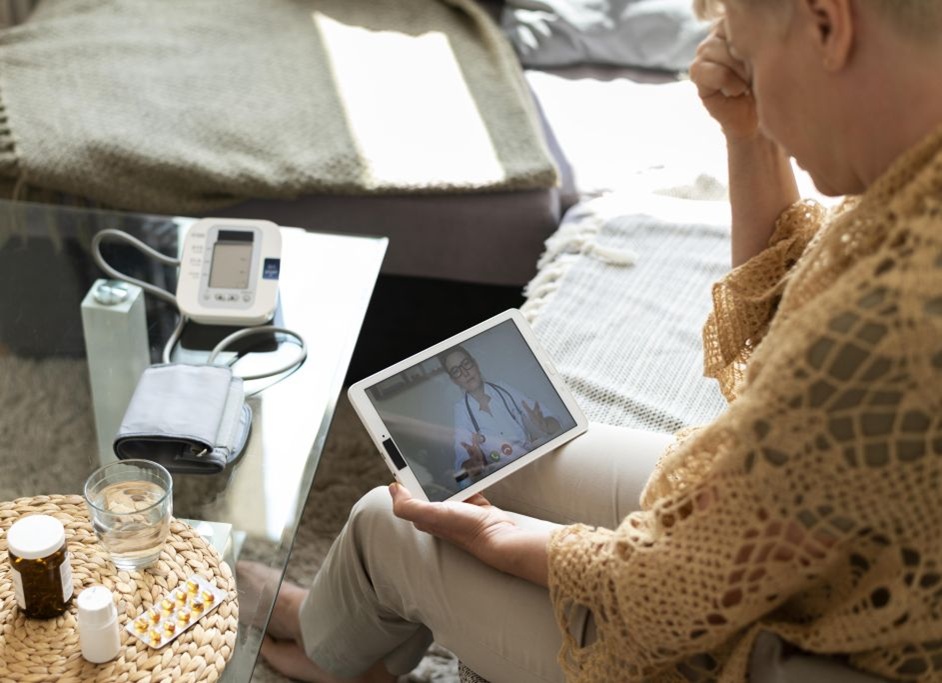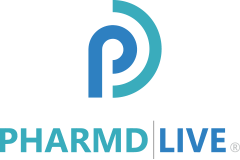
RPM’s Booming Promise and Its Perils
Remote patient monitoring (RPM) is not just a trend but a core pillar of modern US healthcare. By 2025, over 71 million Americans (26% of the population) are expected to use RPM services, with the US market projected to double to $29+ billion by 2030. RPM delivers proven clinical benefits: reducing hospital admissions by 38% and ER visits by 51%, with patient satisfaction exceeding 90%. Yet, as RPM and its billing become ubiquitous, federal scrutiny and compliance risks are mounting, putting practices’ revenue and reputations on the line.
The Compliance Squeeze: Why RPM Billing Is Under the Microscope
Federal Oversight Intensifies
In late 2024, the Department of Health and Human Services Office of Inspector General (OIG) announced sweeping audits of Medicare Part B RPM services, targeting billing accuracy and service delivery. This crackdown follows a revealing OIG report revealing that 43% of Medicare RPM patients did not receive all three required service components—education/setup, device supply, and treatment management. Even more alarming, Medicare lacked records of the ordering provider for 44% of enrollees, exposing vast oversight gaps.
The Hidden Risks
Many compliance failures stem from:
- Vendor shortcuts: Some RPM vendors manipulate device software to log “phantom” readings—counting automated alerts as patient data to meet billing thresholds, a practice explicitly flagged by CMS as noncompliant.
- Improper device billing: Vendors may advise billing for CPT code 99454 (device supply) even when the practice hasn’t paid for the device, risking fraud allegations.
- Incomplete service delivery: Failing to provide all three core RPM components not only jeopardizes patient care but also exposes providers to audit risk and financial penalties.
“Partnering with an unreliable RPM vendor can expose healthcare providers to significant risks. Fraudulent or noncompliant vendors may submit false claims on behalf of providers, leading to Medicare audits, financial penalties, and potential exclusion from federal programs.”
Real-World Impact: The Cost of RPM Billing Mistakes
- Financial Fallout: Medicare audits can result in clawbacks, penalties, or even exclusion from federal programs, which is catastrophic for small and mid-sized practices.
- Reputational Damage: Patients trust providers to recommend safe, compliant solutions. A vendor’s missteps can erode patient trust and satisfaction.
- Operational Strain: The 2025 Medicare Physician Fee Schedule slashes reimbursement rates by 2.83%, intensifying the need for efficient, compliant RPM workflows to protect margins.
Industry Snapshot: RPM in 2025
| Metric | Value/Trend |
| US RPM users (2025) | 71+ million (26% of population) |
| RPM market size (US, 2024) | $14–15 billion |
| Projected US RPM market (2030) | $29+ billion |
| RPM reduces hospital admissions by | 38% |
| RPM patient satisfaction | >90% |
Building Trust: What Makes an RPM Partner Truly Reliable?
Key Qualities to Demand:
- Compliance Mastery: Up-to-date knowledge of CMS and OIG rules; transparent, audit-ready billing.
- Full-Service Delivery: Education, device supply, and treatment management for every patient.
- Data Security: HIPAA-compliant, with robust privacy protocols.
- Proven Track Record: Documented success, strong references, and positive client outcomes.
PharmD Live: Setting the Standard for RPM Integrity and Innovation
PharmD Live stands out with its pharmacist-led multidisciplinary care model and AI-driven telehealth platform, addressing both compliance and clinical excellence. By integrating pharmacists into the RPM workflow, PharmD Live ensures:
- Thorough patient education and device setup
- Continuous, clinically relevant monitoring—not just device “pings”
- Proactive medication management to reduce adverse events and readmissions
- Transparent, compliant billing aligned with the latest CMS guidance
As reimbursement rates tighten, PharmD Live’s approach empowers practices to thrive in value-based care, improving patient outcomes while safeguarding financial health.
Action Steps: Protecting Your Practice in 2025
- Vet RPM Vendors Rigorously: Demand transparency, compliance documentation, and references.
- Audit Your Billing Workflows: Ensure device usage, patient engagement, and service delivery meet CMS/OIG standards.
- Educate Your Team: Regularly update staff on regulatory changes and best practices.
- Leverage Trusted Partners: Collaborate with organizations like PharmD Live that combine clinical expertise with regulatory savvy.
Stay Ahead Or Risk Falling Behind
RPM is transforming US healthcare, but the hidden risks in billing can undermine even the best clinical intentions. By prioritizing compliance, transparency, and partnership with proven leaders like PharmD Live, practices can capture RPM’s full value without jeopardizing their future.
Ready to safeguard your RPM program and maximize outcomes?
Discover how PharmD Live’s RPM expertise can protect your practice today
Reference List
- Centers for Medicare & Medicaid Services. (2025, April). Telehealth & remote patient monitoring (MLN Booklet ICN: MLN901705). https://www.cms.gov/files/document/mln901705-telehealth-remote-patient-monitoring.pdf
- U.S. Department of Health & Human Services, Office of Inspector General. (2024, September). Additional oversight of remote patient monitoring in Medicare is needed (Report No. OEI-05-22-00180). https://oig.hhs.gov/documents/evaluation/10004/OEI-05-22-00180.pdf
- U.S. Department of Health & Human Services, Office of Inspector General. (2024, March). Medicare could strengthen oversight of telehealth services provided by behavioral health practitioners (Report No. OEI-02-23-00260). https://oig.hhs.gov/documents/evaluation/10004/OEI-02-23-00260-highlights.pdf
- MarketsandMarkets. (n.d.). US remote patient monitoring market worth US$29.13 billion by 2030 with 12.8% CAGR. https://www.marketsandmarkets.com/Market-Reports/remote-patient-monitoring-market-19962812.html
- Media.Market.us. (2025). Remote patient monitoring statistics 2025 by telemedicine, users, activities. https://media.market.us/remote-patient-monitoring-statistics/
- Physicians Practice. (n.d.). Remote patient monitoring under scrutiny: Top compliance mistakes to know. https://www.physicianspractice.com/view/remote-patient-monitoring-under-scrutiny-top-compliance-mistakes-to-know
- PharmD Live. (2025, January 15). Adapting to the 2025 Medicare Physician Fee Schedule reduction: How PharmD Live supports providers in value-based care [Blog post]. https://www.pharmdlive.com/blog/medicare-physician-fee-schedule-reduction/
- AASM. (2024). OIG releases report on remote patient monitoring in Medicare. https://aasm.org/oig-releases-report-on-remote-patient-monitoring-in-medicare/








